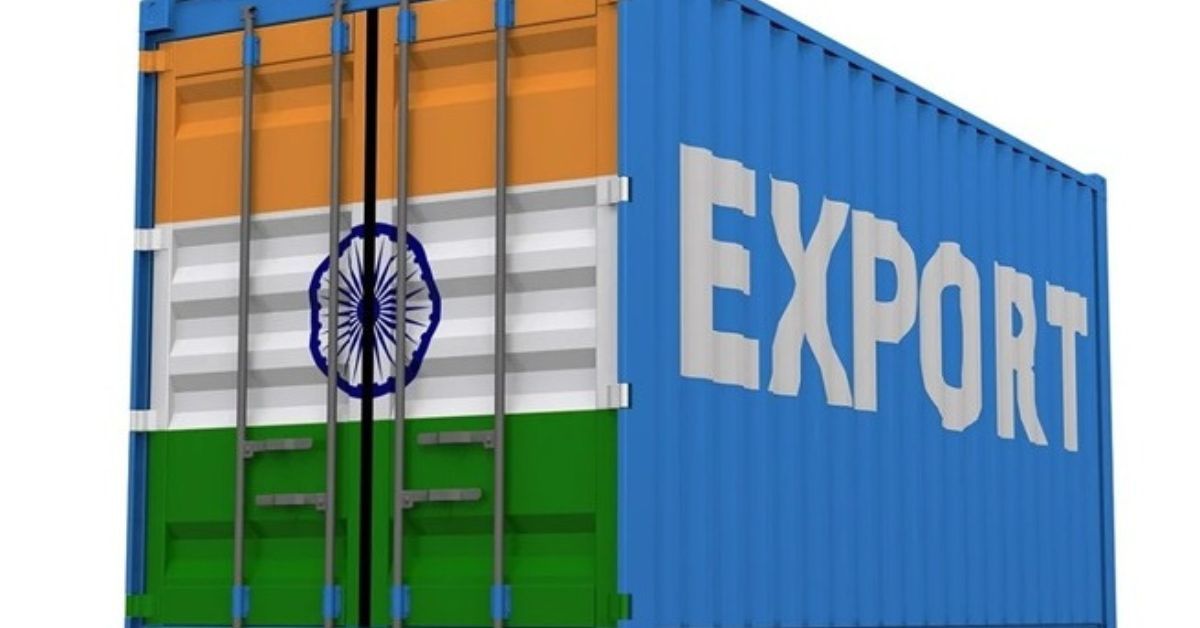India could face severe trade disruptions if the US implements a 50% tariff on Indian goods from August 27, according to a market analysis. Nearly $8.5 billion worth of India’s major exports—defined as categories with annual trade above $150 million—were highly dependent on the US market in 2024.
Last year, the US imported $91.2 billion in goods from India. Of this, the top 50 export categories (excluding items such as steel, pharmaceuticals, and automobiles that are exempt from the new tariffs) were worth $31.4 billion. Around $8.5 billion of these came from sectors where the US absorbed more than half of India’s outbound shipments, highlighting the difficulty of finding alternative markets.
Solar modules are the most exposed, with 98%—or $1.6 billion—of exports going to the US. Newly signed trade agreements with the UK, UAE, and Australia may offer limited relief, as these partners cannot absorb the same volumes.
Cement and artificial stone shipments show similar dependence, with over 88%—worth more than $500 million—headed to the US. Other vulnerable categories include printed cotton linen and plastic-coated textiles (over 80% US share), prepared shrimps and prawns ($420 million, 80% US share), and wool carpets and bed linen (about $1 billion, high US reliance).
Exporters warn these segments could struggle to pivot quickly, especially small and medium enterprises, some of which are already reporting layoffs after the US announced the additional 25% duty on August 6, on top of a similar increase announced July 30.
In contrast, 11% of India’s US-bound exports—about $10 billion—are in categories where the US accounts for less than 30% of sales. These products, such as rubies, sapphires, and pneumatic tyres, could be redirected with relatively less disruption. However, certain goods in this “low dependence” group are paradoxically hard for the US to replace—India supplies 92% of its synthetic diamonds, 63% of bulk bags, 60% of knotted carpets, and 54% of tyres for agricultural and forestry machinery. Cotton linen worth nearly $1 billion also falls into this category.
Overall, around 3%—or $3 billion—of US imports from India come from sectors where India holds over 50% of the American market, suggesting potential supply chain stress for US buyers. Meanwhile, $17 billion worth of goods—about 18.9% of major export items—could be more easily replaced due to India’s smaller market share.
With the August 27 deadline looming, exporters and policymakers face the twin challenges of defending market share and recalibrating trade strategies. India’s effective tariff rate would rise to 31.2%, compared with 10.7% for Thailand, 12% for the Philippines, and 15.2% for Vietnam.









